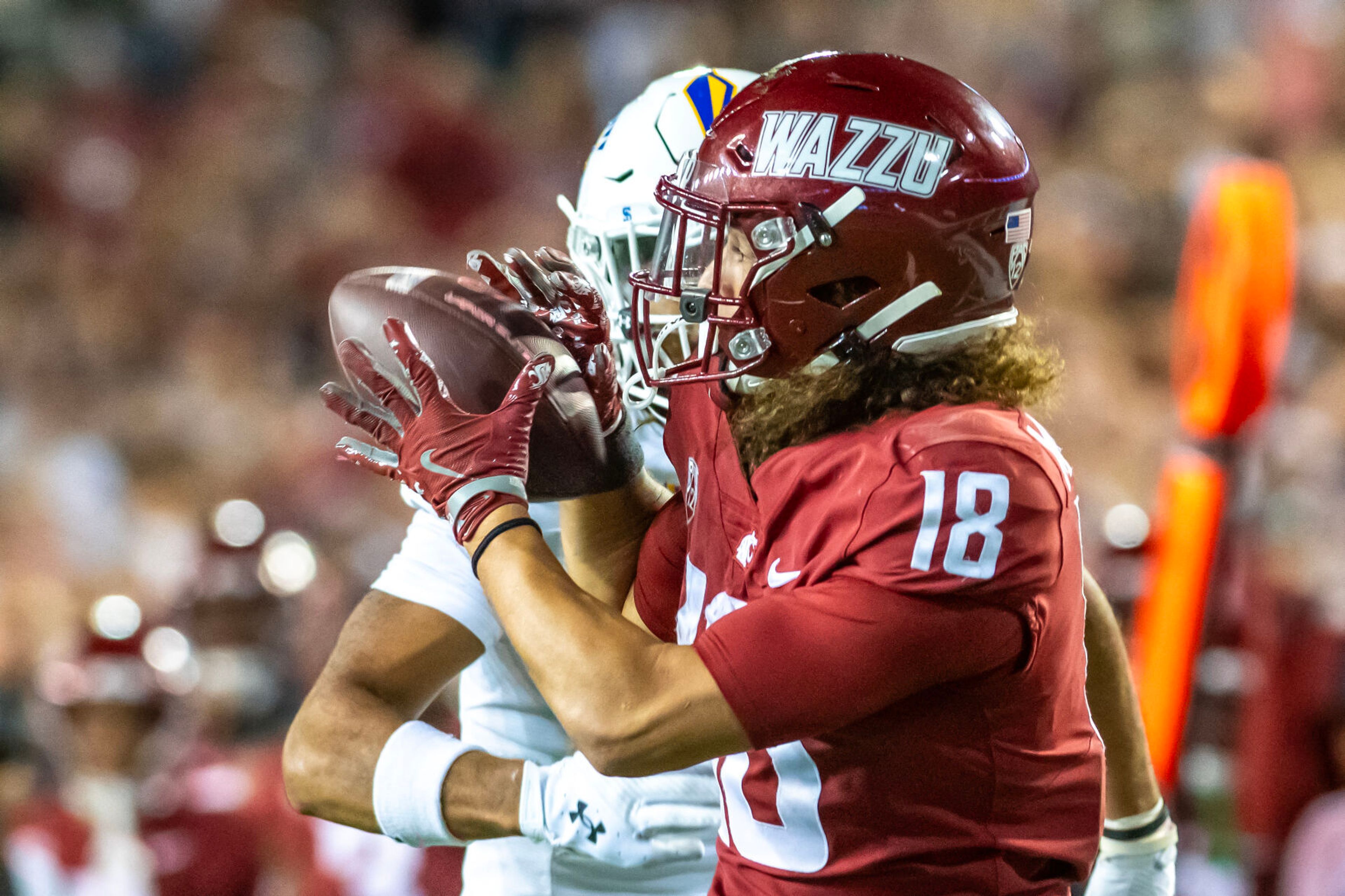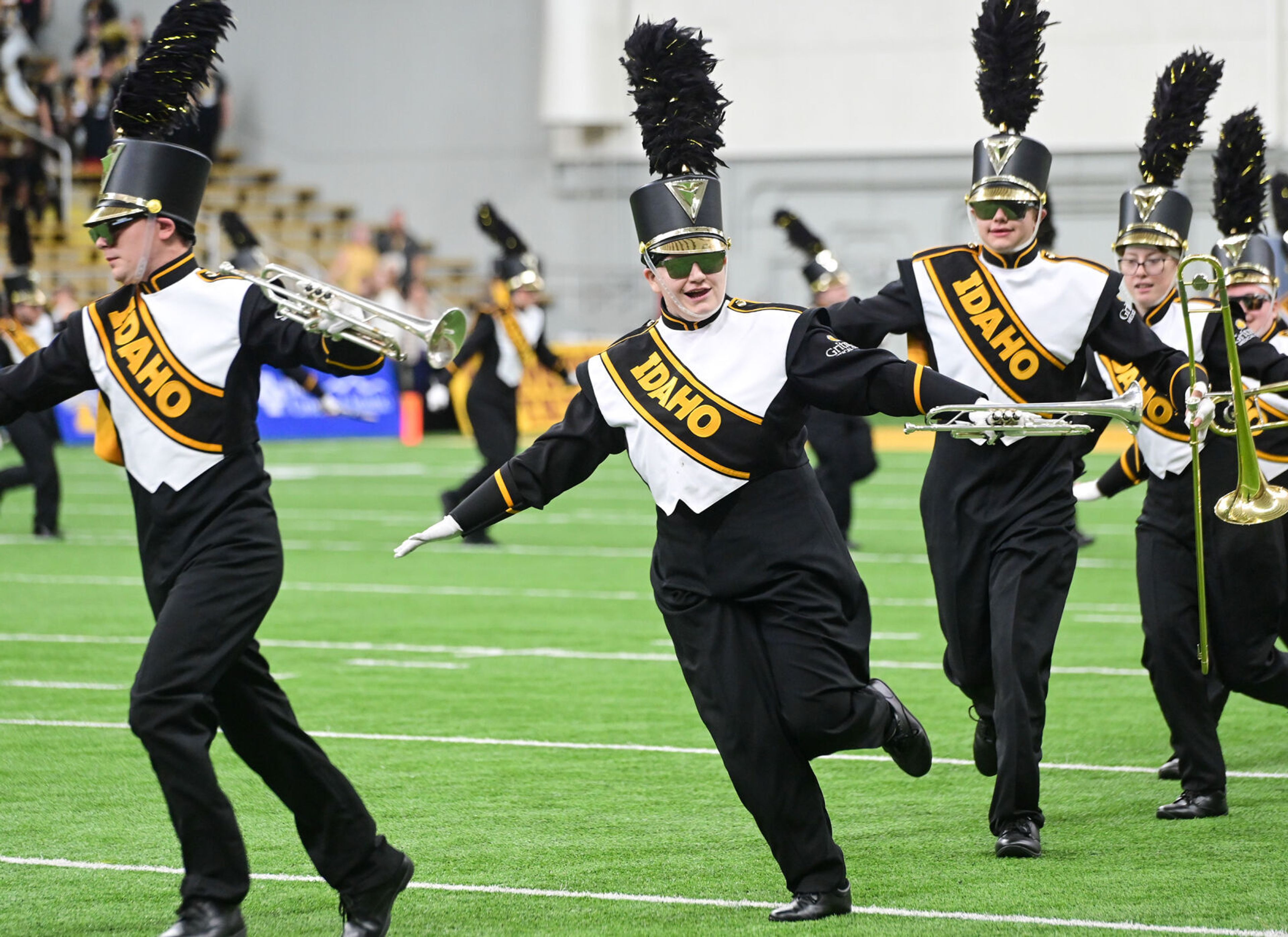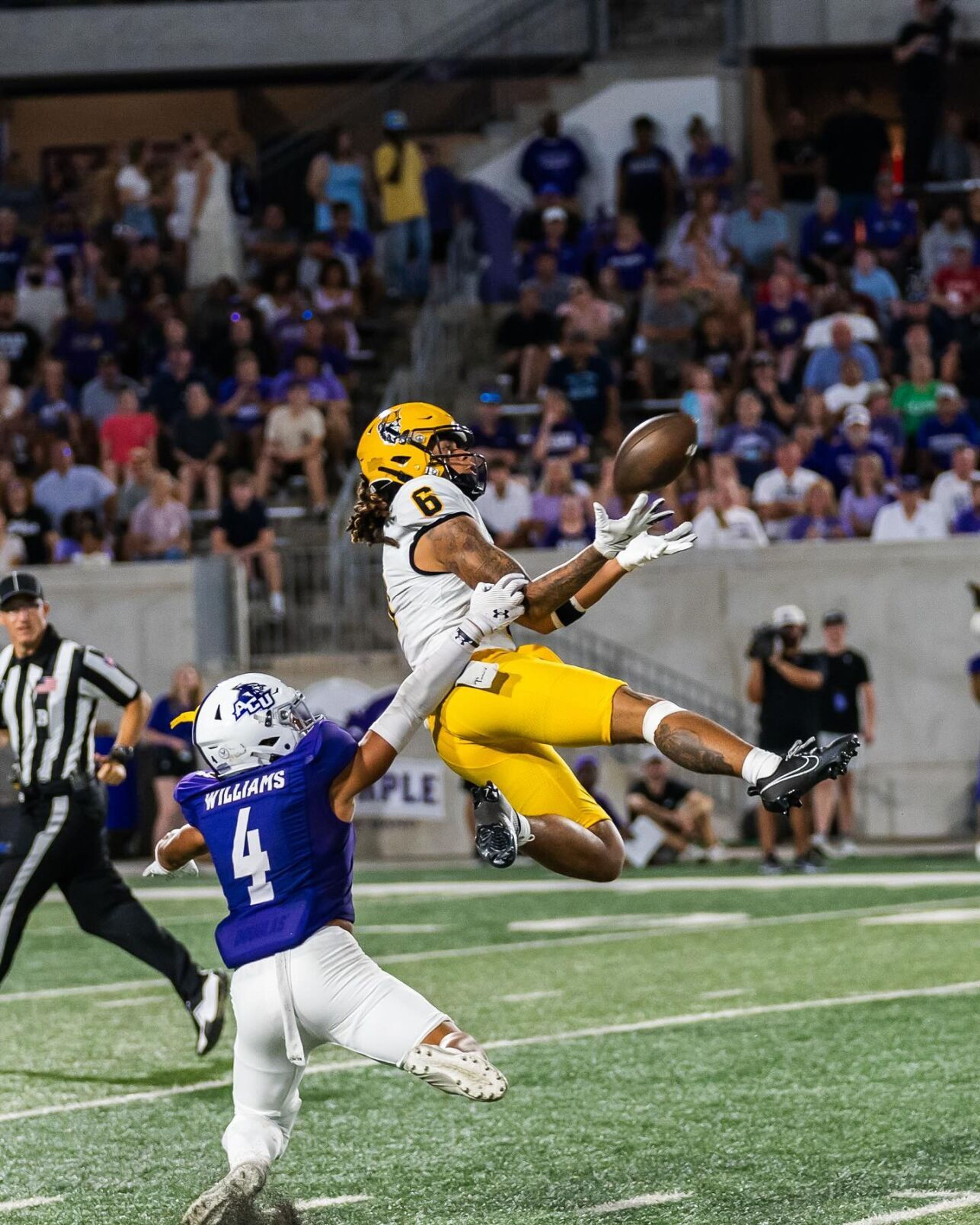IDFG turns 125 years old
Idaho agency plans to attend several events to celebrate its sesquicentennial
The Idaho Legislature created the Office of the State Game Warden in the spring of 1899 and Gov. Frank Steunenberg chose Charles H. Arbuckle to head the agency that evolved into today’s Idaho Department of Fish and Game.
The agency is celebrating its 125th year of managing and conserving the state’s wildlife with a series of small events across the state.
On Saturday, agency officials will be at the Spring Fishing Derby at Winchester State Park. The derby, hosted in partnership between Fish and Game and Idaho Parks and Recreation, starts at 8 a.m.
Fish and Game officials will be on hand to offer fishing tips and available to discuss their work. The Fish and Game fishing trailer will arrive at 10:30 a.m.
People can borrow rods, reels and other gear from the trailer on a first-come, first-serve basis. Hamburgers and hot dogs will be served starting at 11 a.m. and the derby weigh-in will be at 2 p.m.
Fish and Game timeline
1903 — A new law requires a license to fish and hunt. Resident licenses were $1. Nonresidents paid $5 to fish and hunt small game or $25 to hunt big game.
1907 — A legislative act authorized and directed the department to erect and maintain Hayspur Hatchery, the first state-owned fish hatchery. It is still in operation today.
1908 — Transferring and planting game birds around the state met with great success and a pheasant farm was established near Boise.
1914 — The department conducted the first economic survey of fish and hunting in Idaho with statewide impacts of over $3 million. The survey placed a food value of $0.20 per pound for deer, $80 for an elk and $10 for mountain sheep.
1915 — Elk were imported from Yellowstone Park via railroad boxcar. Two-hundred elk were released into five counties over the three-year project.
1917 — Discretionary powers were given to the State Game Warden to alter the season on any game animals or fish. This was to counteract changes in climate and habitat, but also the impact made by market hunters in the previous 20 years.
1932 — The first statewide wildlife survey was completed.
1932 — Check stations were established as an enforcement tool and collection point for biological data.
1938 — The state’s first citizens initiative created the Idaho Fish and Game Commission, which allowed the governor to appoint a Fish and Game Commission and the commission to hire a director.
2024 — The agency now has 547 full-time employees in seven regions.







